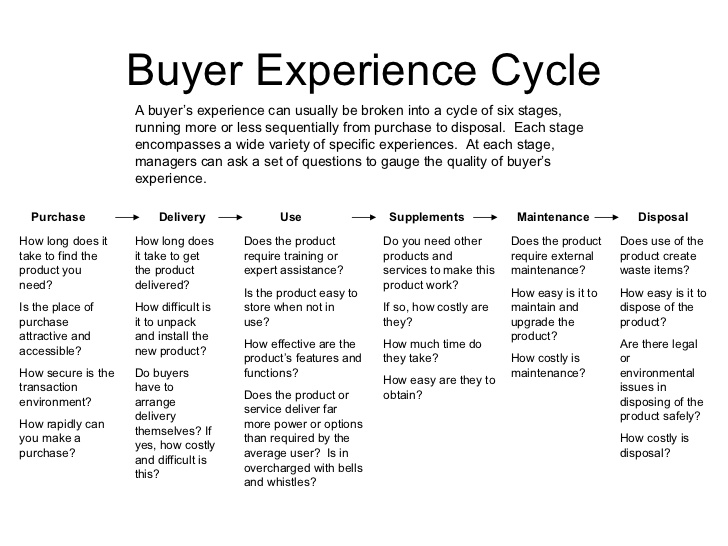
The Startup Mentality
There is a concept of business success know as the Founders’ Vision, where simply, the greatest companies build their empires due to the persistent motivation and optimism that the founder(s) possess, as well as the passion and drive for success they have for the company. We know where these companies are now, but where did they start?
Surely there has to be some sort of “vision” for the startup phase? Well, there isn’t really a framework to follow, but rather it comes down to knowledge and data, business proactivity, and sometimes, just luck.
In this article (and subsequent ones), I attempt to briefly devise a mentality that anyone looking to start a startup should adopt; not just a startup, but a startup with a Founders’ Vision worthy of becoming something bigger than initially intended.
Identify a Problem
In everything related to business and marketing, there is a problem and a solution — they go hand-in-hand. For example, you need to clean your butt after performing your toilet duties, which is why toilet paper was introduced. Sometimes, there are substitutes in a different form, but pursue to perform the same function, which is why we have bidets or toilet seats that squirt water.
There can also be problems with solutions that don’t completely suffice consumer needs or expectations, which is where your startup comes in. Look at industries, business, or products and services that contain errors or don’t seem to fulfil market expectations, and build upon the idea on something that you can provide in order to fill that hole.
Think broadly, yet in detail
What is missing in the world? Throughout your day, persistently question and ponder upon your lifestyle and daily activities. For example:
- How do you buy and use things? What makes you want/need to buy them again?
- Is there something that could be introduced to make an activity easier or more effective/productive?
- Can a process be streamlined by combining two or more stages?
When considering how a consumer uses a product or service, we can consult the Buyer Experience Cycle, from the Blue Ocean Strategy.
Think upon the industries that you know well, or other products and services, etc., and consider reconstructing the purchase process. Basically, you want to try to find a way to combine two or more stages or contemplate something that your startup can become or devise to better connect the stages of the process.
You could even think about combining a product and service to complete one or more stages for the consumer. After all, you need to be obsessed with your potential customer and that involves doing all the hard yards for them so that they don’t have to.
As an example, Amazon’s Dash buttons essentially used Internet of Things principles to simplify their customer’s repeat purchase process for household products — eliminating the need to go to a store or onto a computer/mobile to purchase the same product.
They basically developed and manufactured a button able to be hung from or stuck to surfaces, that, when you run low or out of the specific product, you can press to order a restock of that product to be purchased and delivered to your doorstep. This includes any household item, from cat food, laundry detergent, gladwrap, Coke, condoms, to even the batteries for the Dash buttons themselves! Check out the huge variety of buttons here
Get to know consumers
A more information-driven approach could be to research what consumers in certain industries want. You can do this by analysing and grasp a firm understanding of the vast abundance of available data and information on the Internet, from market research firms, etc. You may even want to do some field-research of yourself.
An interesting way to undermine competitors and gain an insight into consumer wants and needs, is to look into the grassroots of consumer communication and collaboration. Key channels on the Internet include: forums, social media sites, review sites, etc. Have a look at what consumers are unhappy with or complain about on these sites and try to envision how your startup could address their concerns or wants.
Get to know your customers
Customers are to be considered hand-in-hand with the problem. Once you’ve gained a firm understanding of a range of different types of consumers, you can then start segmenting the market and deciding which strategic consumer group you think your startup/offering should target.
The questions you should ask yourself include:
- Who does the problem involve?
- Who needs the solution most?
- Who would want to buy a solution?
An effective practice to help ease the segmentation process is to design customer profiles. Based on your research, you can create likely customer types using many bases for segmentation, such as geographic, demographic, psychographic, sociocultural, user-related, benefit, and hybrid segmentation approaches. Learn all about the segmentation process in my article dedicated to market segmentation for small businesses.
Once you’ve got a bunch of concise customer profiles, you can then decide which one(s) you think are the most suitable for your startup to target, based upon the aforementioned questions.
Absorb yourself in the problem
Generate a list of all the ideas that you think could solve the problem to an effective extent, all the while continuously focusing on the problem and the consumers who would need it.
Get lost in the problem and design as much as you can; be creative without limitations. Don’t think about any limitations or restrictions, because if we’ve learned anything over the past couple of decades, it’s that people are willing to pay a blimp-load of cash for an idea that will make you both 100 blimp-loads of cash.
In the next article, we’ll delve into the next step — solving the problem.

